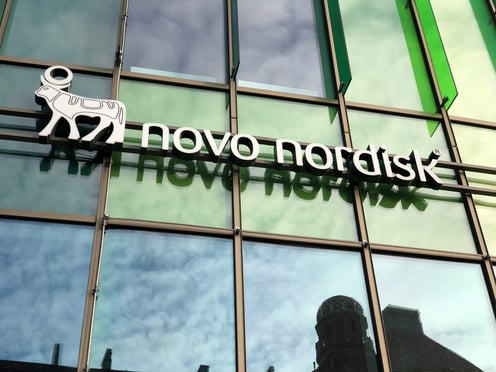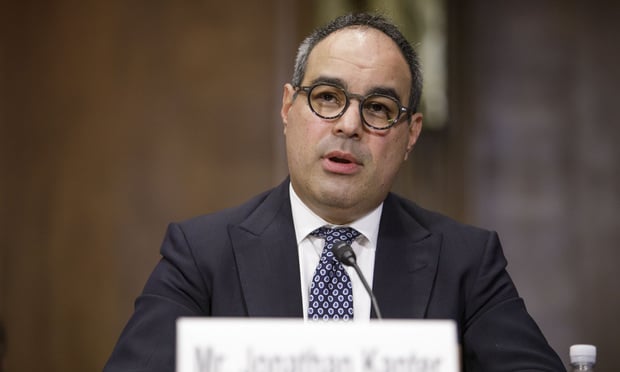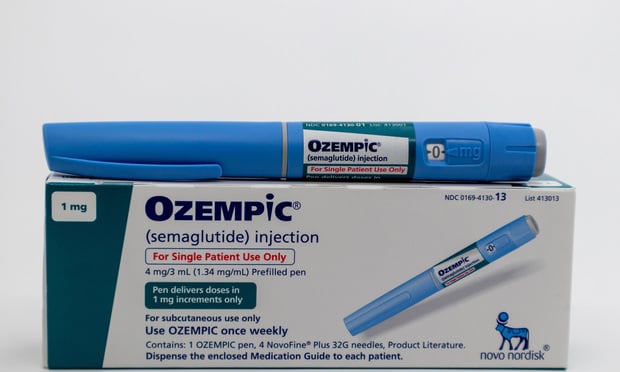Annual health insurance premium rate increases might seem likedeath and taxes to employers (and employees)–inevitable.
|And the new rules outlined in the Patient Protection andAffordable Care Act, which removed payers' ability to deny coverageto applicants based on pre-existing conditions, has led to aninsured population with more critical health issues andhigher-than-usual premium rate increases over the past couple ofyears.
|
However, PPACA also created a new avenue through which employerscould lower their premiums: workplace wellness programs.
|Small employers—with fewer than 100 employees who work 25 ormore hours per week—are eligible for workplace wellness grants whenthey provide a comprehensive workplace wellness program for allemployees. And larger employers also can help save their employeesmoney (up to 30 percent of the cost of the employee's premium)through these programs, as well. All of this adds up to anopportunity for brokers to help employers work with carriers tohelp implement these programs—and save money.
|To qualify for a small-business wellness grant, the workplacewellness program must reduce chronic-disease rates, address healthdisparities and develop a stronger evidence base of effectiveprevention programming. This can be accomplished through employeeeducation, smoking-cessation challenges, diet and exercisechallenges, and other tactics that help promote employee wellness.And new businesses are popping up every day that aim to helpemployers fulfill these requirements.
|The trend has proven to be a win-win for all involved, boosting,among other things, “patient engagement.”
|Novel approaches
|Stan Reents, PharmD, president and chief executive officer ofAthleteInMe.com, is one such entrepreneur. The former health careworker has made a career transition to a health coach, and heprovides educational talks in the Phoenix area for such insurancecarriers as Blue Cross Blue Shield.
|“For some time now, I think the big health insurance providershave realized that it's more economical to pay for health coachingthan to pay for medical care,” Reents says. “Health coaching is abig, broad, nebulous label, and it involves areas other than justexercise.”
|Reents gives health presentations to groups of employees thatare subsidized by the health carriers. “I go out to places likethese large school districts and give health talks about howexercise and smart nutrition can prevent and reverse hypertension,diabetes and elevated cholesterol,” he says.
|Reents also works directly with large employers who createwellness programs for their employees, including one company thatholds an annual weight-loss competition; he provides one-on-onehealth coaching with staff members.
|“Every year, they get a large grant to put on corporate wellnessprograms,” he says, which helps pay for his services.
|Reents believes health coaches could be considered the missingmember of the health care team.
|“So much chronic disease in adults is due to lifestyle,” henotes, “and physicians don't have the knowledge or the time to doexercise coaching. The average visit in a primary care office isabout 15 minutes; they don't have time to talk to somebody aboutexercise and diabetes or exercise and heart disease.”
|That said, Reents also cautions that because health coaching isa new area, employers hiring coaches will want to look for thosecertified through credible institutions, such as the AmericanCollege of Sports Medicine.
|“You really have to look at not only the name of thecertification, but also the organization that provides it,” hesays. “Some of these programs have received national certification,which gives them a higher level of credibility.”
||Tech tipping point
|Technology also is creating opportunities for employers in thewellness program realm, especially mobile technology. RussellBenaroya is the chief executive officer of EveryMove, an app thatallows users to accrue points for activities, tracking steps andcheck-ins at healthy venues or events (like gyms or races). Userscan swap the points for rewards that will net them anything fromdesigner jeans to workout supplements—or even the ability tocontribute to a charitable organization.
|“Brokers can become partners in the area of wellness,” Benaroyasays. “Our original idea was to work with health plans to build avehicle for them to confidently and systematically rewardindividuals based on the level of physical activity. But weacknowledged that it's not just health plans that are interested inthis—employers are particularly interested, too.
|“It's incredibly important to the employer that they'refashioning perks that are fun and engaging, and that create ahealthy, more productive workplace,” he notes.
|EveryMove enrollment is free for individuals, and employers whosign up receive an analytics dashboard that gives them data aboutthe engagement activity of their employees on a de-identifiedbasis.
|The trend has proven to be a win-win for all involved, boosting,among other things, “patient engagement.”
|“We give them enough visibility and insight to understand theflow of their employees on our system at a more detailed level thanthey've ever had access to before,” Benaroya adds. “And we allowbrokers to sell our solution to employers, which also gives thebroker analytics into their clients' populations so that they canbe a partner in helping to manage that wellness activity.
|“Wellness has categorically meant a pretty heavyimplementation,” he continues. “As brokers enter into differentkinds of economic relationships with employers so that theircompensation is not entirely derived from the benefit, then the keymessage becomes, 'How do I help the employer deliver wellness?'We're moving toward programs to meet the employee where they are intheir life and finding solutions that are consumer-driven. Brokershave an opportunity to be a really big advocate for the consumerexperience, and that really is the next generation ofwellness.”
Complete your profile to continue reading and get FREE access to BenefitsPRO, part of your ALM digital membership.
Your access to unlimited BenefitsPRO content isn’t changing.
Once you are an ALM digital member, you’ll receive:
- Critical BenefitsPRO information including cutting edge post-reform success strategies, access to educational webcasts and videos, resources from industry leaders, and informative Newsletters.
- Exclusive discounts on ALM, BenefitsPRO magazine and BenefitsPRO.com events
- Access to other award-winning ALM websites including ThinkAdvisor.com and Law.com
Already have an account? Sign In
© 2024 ALM Global, LLC, All Rights Reserved. Request academic re-use from www.copyright.com. All other uses, submit a request to [email protected]. For more information visit Asset & Logo Licensing.








